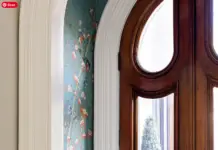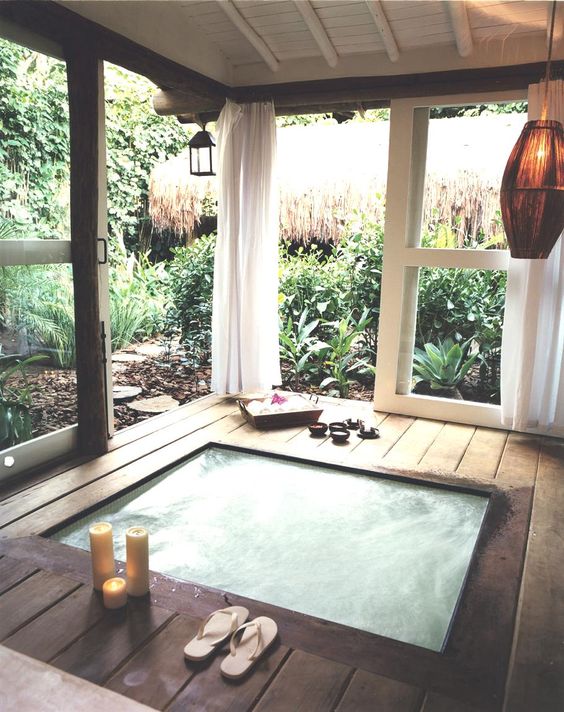Welcoming wildlife into your garden by creating a habitat for them to survive and thrive is a great way to learn about the wildlife in your area and preserves natural habitat that has been slowly decreasing over the years.
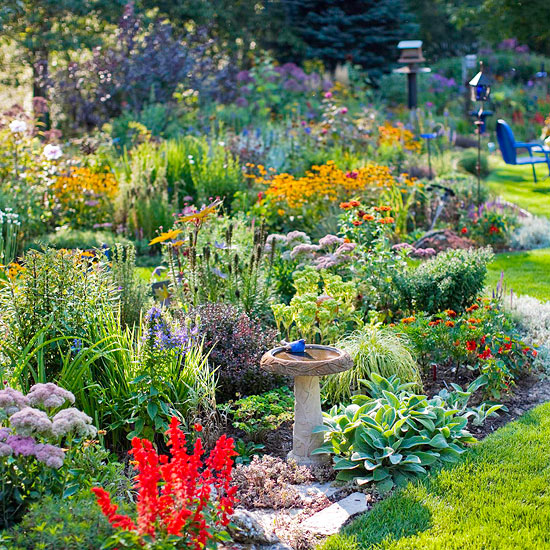
via BHG
Creating a wildlife friendly garden doesn’t mean you have to let your garden grow out of control, in fact just setting aside a small area is all that is needed to attract a multitude of animals.
Garden room specialists Oeco Garden Rooms have put together this handy guide to show simple things we can all do to give nature a helping hand and to create the perfect wildlife friendly garden.
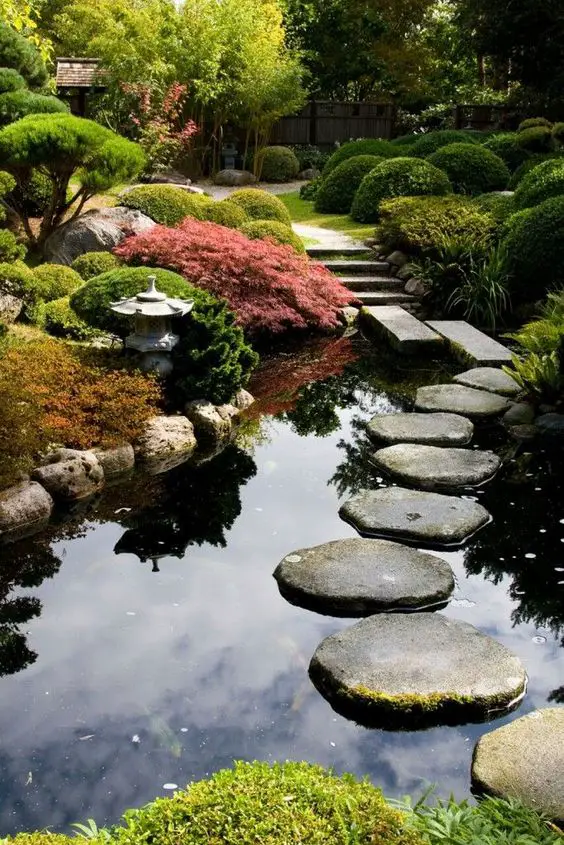
via Home Stratosphere
Wildlife Habitats
Even small gardens can provide a valuable array of food and shelter for wildlife and while planning your garden it is a good idea to think about what wildlife you want to attract and introduce as many different habitats and food sources as you can.
Lawns and grassy areas are the perfect breeding ground for insects and minibeasts, especially if it is left to grow and provides the perfect eating ground for birds and other animals that feed on them.
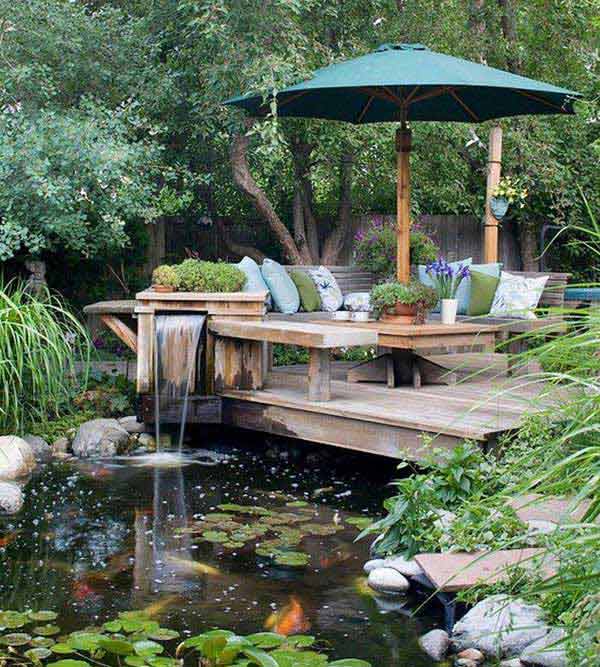
via Woohome
Plant flowers and shrubs that are native to your area, these provide a source of food for butterflies, bees, and birds while creating shelter for small mammals. Water features such as fountains and ponds create a habitat and water for an array of wildlife including amphibians and insects.
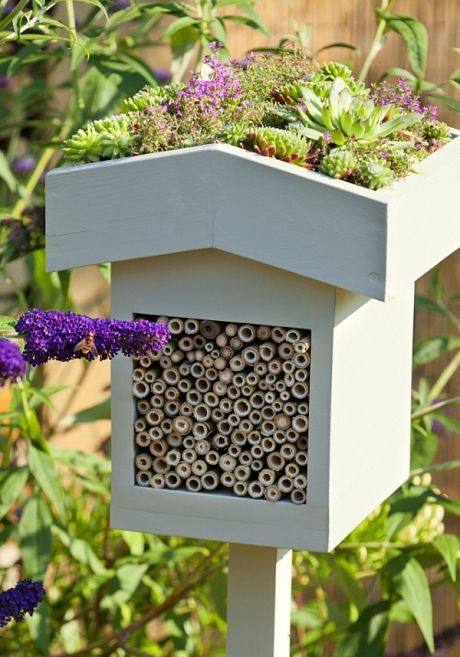
via GardenTherapy786.blogspot.ae
Foraging and Feeding
Foraging and feeding grounds are one of the most important areas to look at when creating a wildlife friendly garden, and there are a number of ways to do this. Planting native flowers and plants lets nature supply the food, but animals do need our help from time to time especially in the winter months.
Pick flowers and plants that flower and seed at different times of the year, this will attract an array of different wildlife to your garden throughout the year. Having a source of clean water is also important and can range from a pond to a small dish of water, just make sure that it is accessible all year round especially in the colder months when water can be scarce.
Breeding Space & Shelter
via facilisimo.com
Another important area to think out is providing a safe area for wildlife to breed and take shelter. Bird, hedgehog and insect houses are perfect ways of introducing artificial shelter into your garden, but having a range of trees, bushes and hedges is also a good idea as it provides havens for birds and small mammals, giving them shelter to raise their young.
If you are planning to cut back any overgrown areas of your garden then it is best to wait until early spring to give any wildlife hiding from the cold a chance to move on.
By carefully planning what type of flowers and plants to use in your garden and providing natural or artificial shelter for different animals you can create the perfect wildlife friendly garden that the animals will absolutely love.
Thank you to Oeco for partnering on this post










